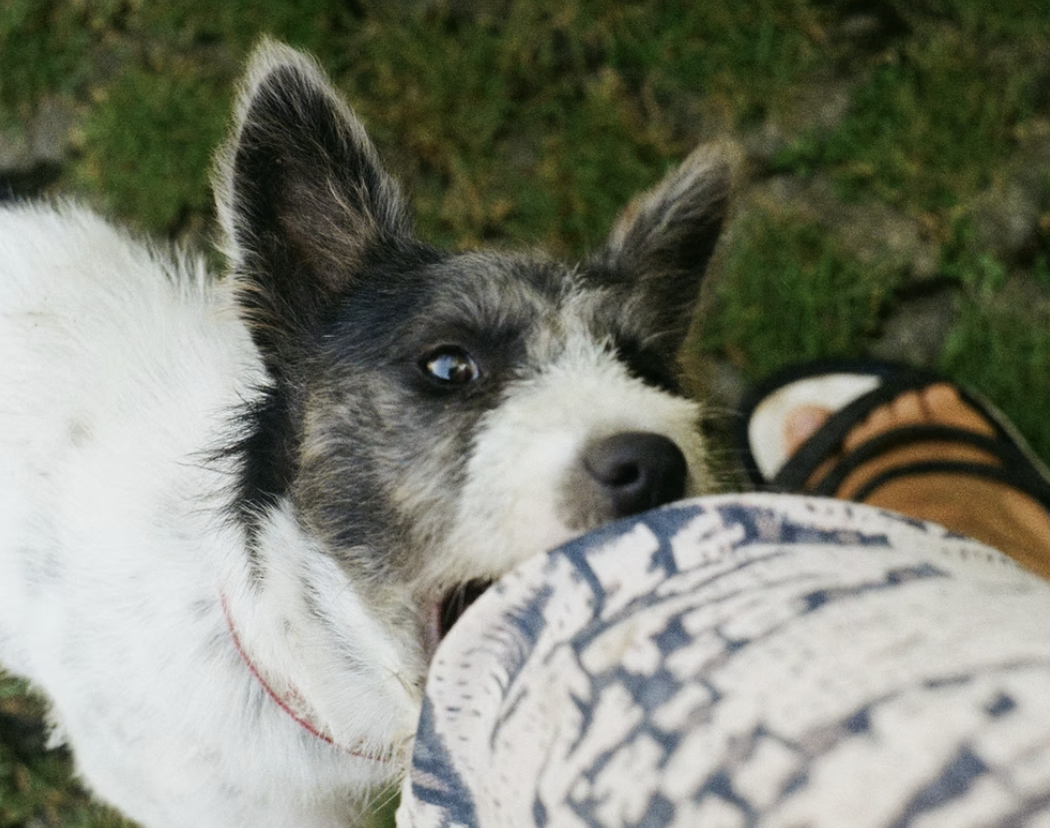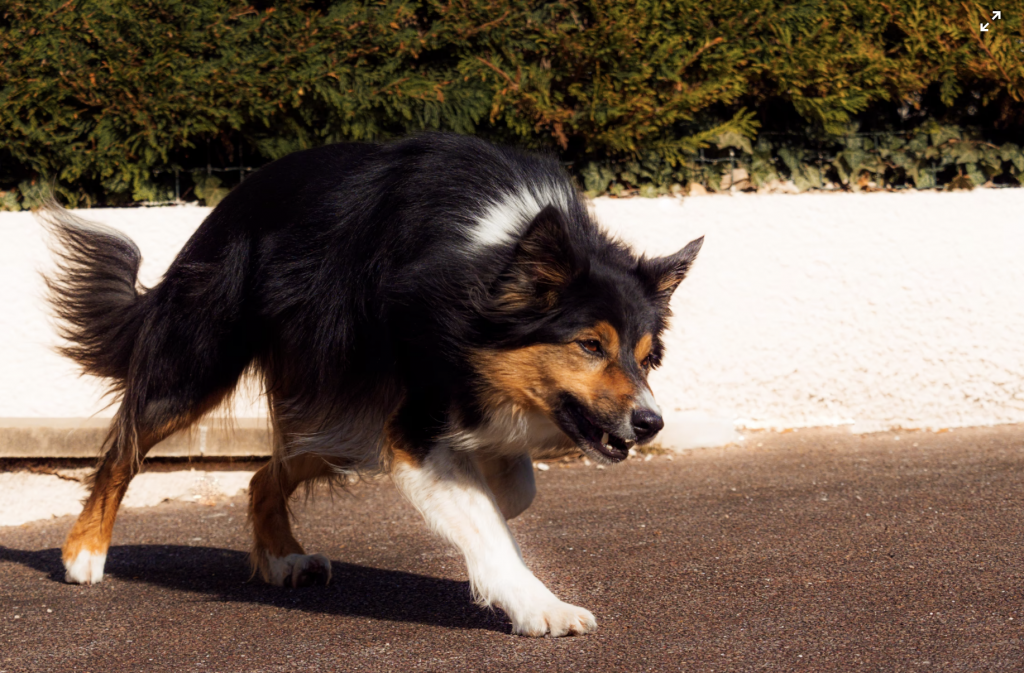What to do if you’re bitten by a dog

The spring has sprung and dogs couldn’t be happier about it but not all dogs are as friendly as they may seem. There are around 5 million dog bites in North America each year. MedicineNet explains what you should do if you or your family are attacked by a dog.
Information should be obtained from the dog’s owner about the dog’s rabies immunization status, but if this is not possible, hospital, animal control centres, or law enforcement personnel will help gather any required information.
Medical care should be accessed if the dog bite disrupts the skin causing a puncture, laceration, or tear. As well, if there is pain at or near the injury site, underlying structures may have been damaged and medical care may be needed.
There are three important treatment issues that need to be addressed with a dog bite: the skin damage, injury to underlying tissues such as muscle, nerve, and bone; and infection.
It is easy to look at a dog bite and see that the skin has been damaged, but it is also important to assess the underlying structures that may have also been injured in the attack. The patient often concentrates on the cosmetic appearance of the wound; while that is important, the health care practitioner may be more concerned about the injuries that will impair the body’s function. For example, a laceration to a hand may look bad, but more important than the potential scarring would be a lacerated tendon that would prevent a finger from moving.
Rabies is always a concern, and it is important to know the dog’s immunization status. If the dog has not been immunized, the question becomes whether to immunize the patient against the rabies virus. A variety of approaches may be considered depending upon the situation surrounding the bite.
Once the health care practitioner has taken a history of the events and examined the patient, most dog bites can be cared for in the emergency department or doctor’s office. The physical exam will help decide whether any deep structures like muscle, tendon, nerve, or bone have been damaged.
Once the wound has been cleaned, a decision needs to be made whether to close the skin. Suturing the skin (to make the scar look better) increases the risk of infection. Balancing the risk of infection against the benefit of a better looking scar depends upon the location of the injury and the discussion between health care practitioner and patient. Dog bites to the face tend to be sutured, while those located on less noticeable parts of the body may be left to heal on their own.
Sometimes, the dog bite wounds need to be repaired in the operating room if there is considerable skin damage or skin loss, or if there are associated injuries that require treatment.
With infants and children, the decision may be considered to repair their lacerations in the operating room, especially if facial wounds are involved, because of the need for prolonged anesthetic to keep the patient still.
If you, your child, or a loved one has been the victim of a dog bite or animal attack, contact us.


